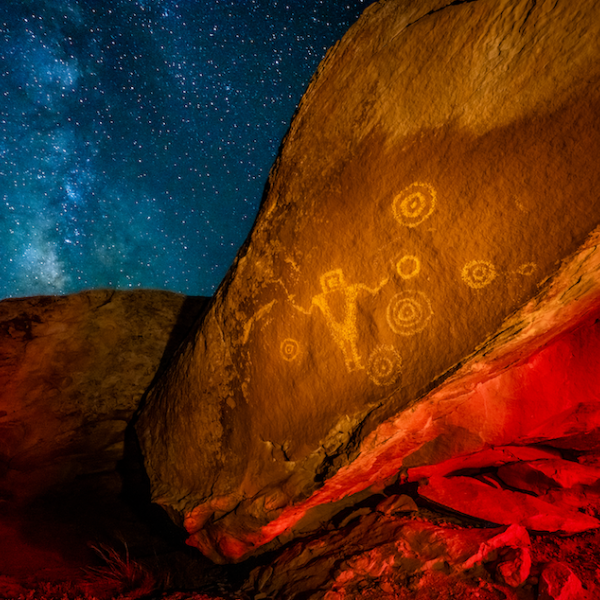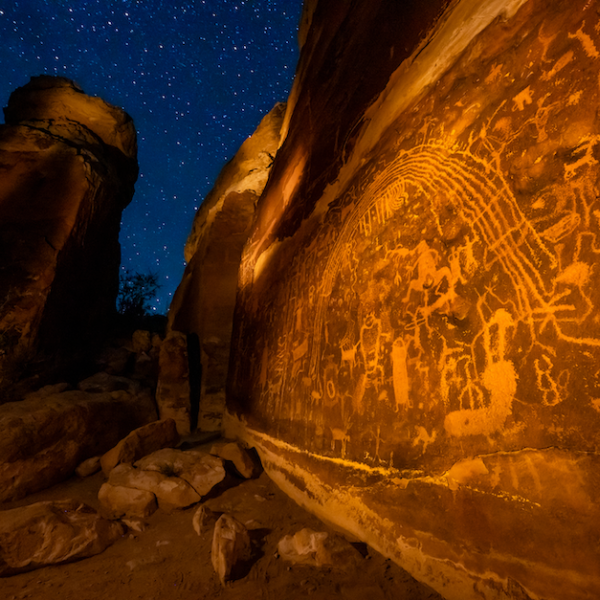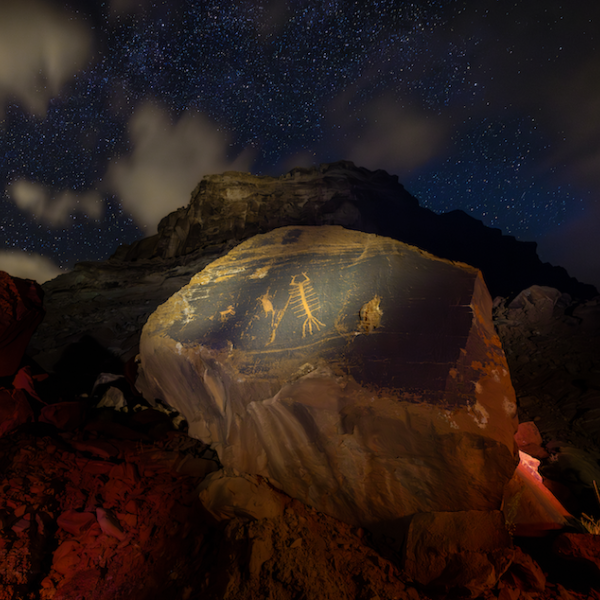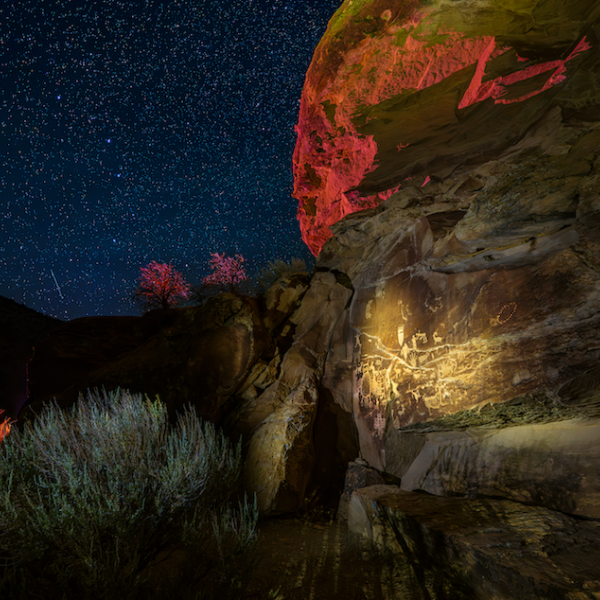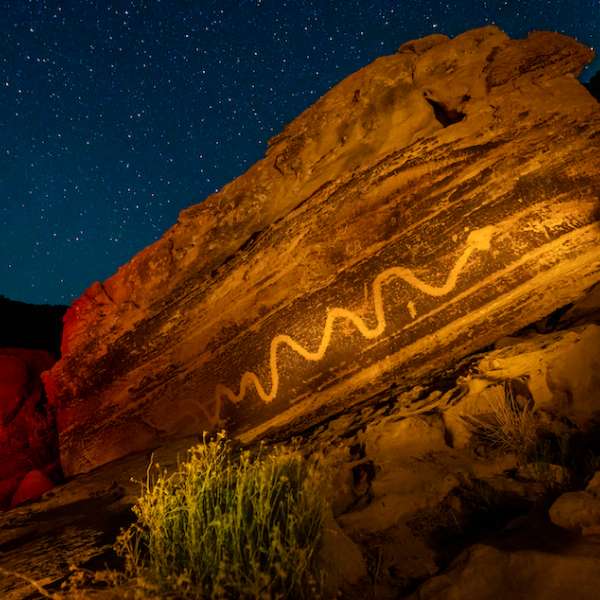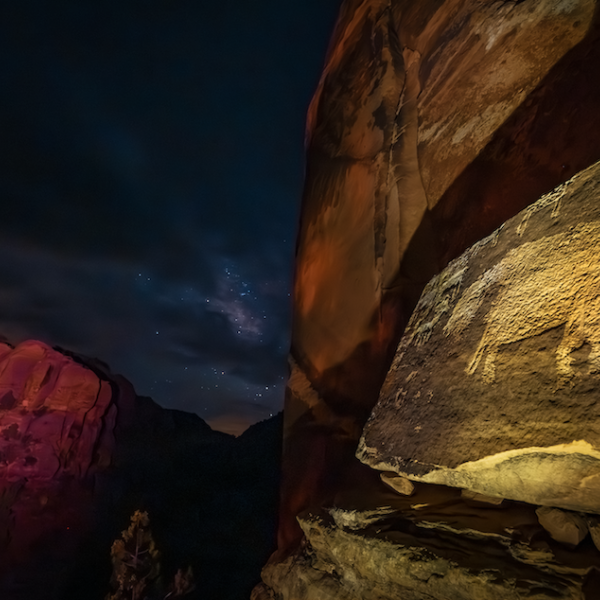
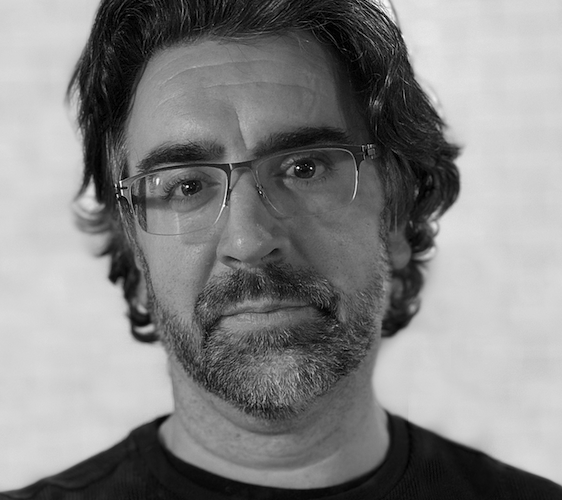
Mark DiOrio
Class of 2002
Photography
Mark DiOrio is an editorial and commercial photographer based in Upstate New York. He is also the university photographer at Colgate University.
DiOrio earned his master’s degree in photography from the S.I. Newhouse School of Public Communications at Syracuse University, his bachelor’s degree from SUNY College at Purchase, and his associate degree from Munson-Williams-Proctor Arts Institute.
He has worked as a photojournalist at mid-size newspapers, documenting communities in Louisiana, Utah, Florida, and New York. “Some of the best stories to be told can be found right in your backyard. You don’t have to travel the globe to find people with something important to reveal, or photograph for that matter.”
While on assignment, he often spends more time listening to those in front of the camera than making pictures with the intent on building trust and finding the story within the story. “The trust you build leads to access. Access is everything. It’s the point where you make the most intimate photographs. It’s where you capture someone at their most authentic representation.”
Artist Statement
My images of Native American petroglyphs are an exploration into using the idea of conceptual portraiture to document and depict historic rock etchings of the American Southwest. It was during a period in 2006 while living in Utah when I became fascinated by many of these petroglyphs that have weathered the desert elements for thousands of years and serve as some of the few antiquities in the United States left by ancient indigenous communities. Many of these stone etchings depict recognizable figures, while others are more puzzling and mysterious in their meaning and abstract design.
The images employ long exposures used to capture celestial bodies that would have been observed by the people who created these rock etchings, along with the technique of light painting, similar to how a flickering fire would have provided these indigenous people a means of light under a stary sky, or heat and protection from the elements.
The photographs are my own interpretation of the imagery these ancient communities left behind, just as these rock etchings may have been their interpretation of the natural environment they inhabited and possibly the spiritual world they believed in.
Some of the imagery in these petroglyphs appears straightforward with depictions of humanoid figures, big horn sheep, snakes, bear, or other animals. Others leave the contemporary visitor wondering what the meaning behind the imagery is. Were they recording hunting events or possibly marking rock formations as a means to navigate travel routes across the land? Are these etchings depictions of ceremonies or the spiritual world in which they believed? Were these petroglyphs a means to communicate or teach their young? Or were they simply a creative outlet for those who made them?

